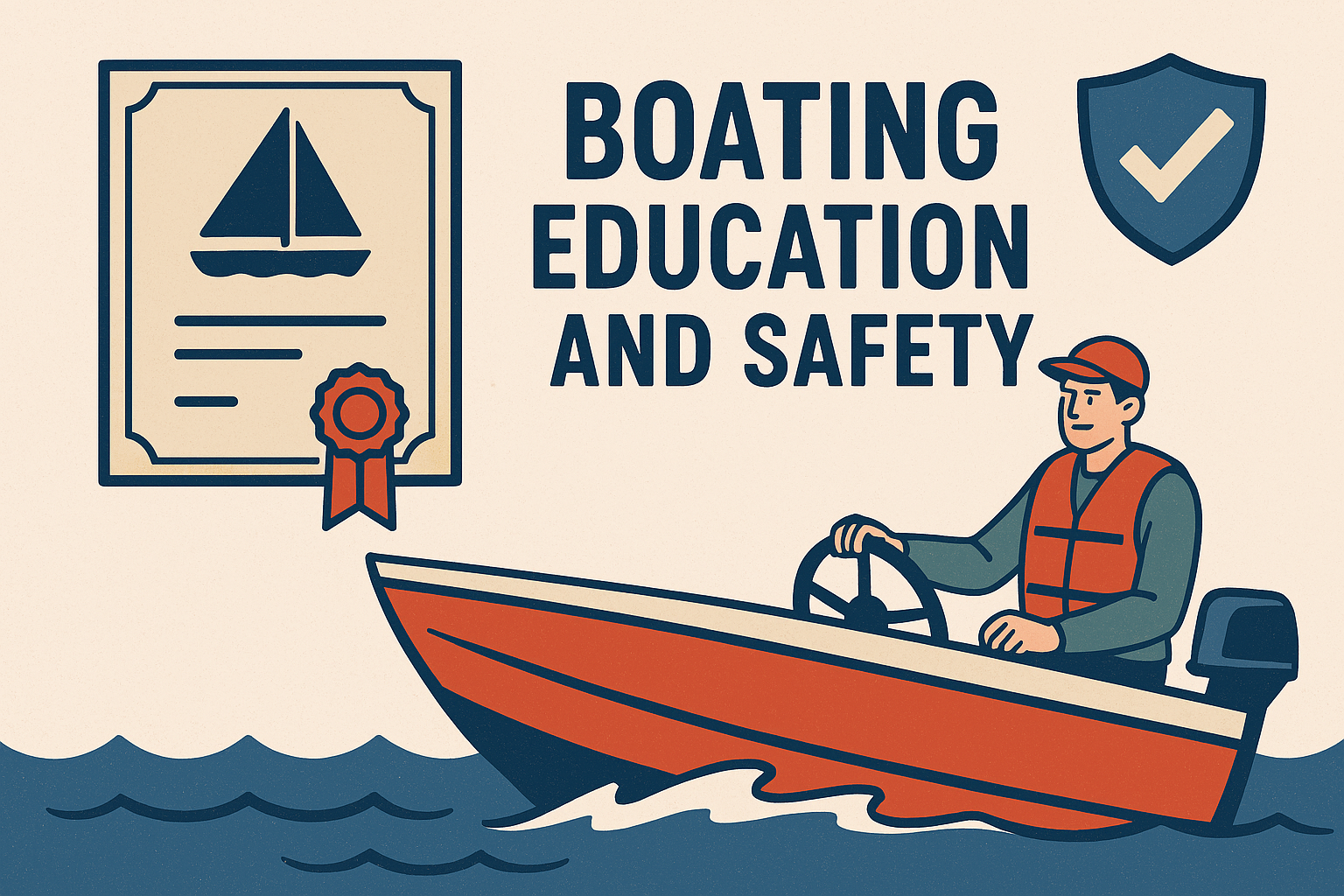Call: 1-800-832-7191
The History of the Connecticut Boating Certificate

The History of the Connecticut Boating Certificate
The History of the Connecticut Boating Certificate reflects the state’s commitment to safe and responsible boating. Over the years, Connecticut has developed a structured certification process to ensure boaters understand laws, safety, and navigation. This evolution has helped reduce accidents and improve waterway stewardship. Today, earning a certificate is more than a requirement—it’s a rite of passage for new boaters.
Early Boating Regulations in Connecticut
In the 1980s, Connecticut began enforcing basic boating safety rules. These early efforts focused on life jacket use and speed limits. As boating grew in popularity, so did the need for formal education. Lawmakers responded by introducing mandatory safety courses. These changes laid the groundwork for today’s certification system. Over time, the state added more topics, including navigation rules and emergency procedures.
Why the Certificate Became Mandatory
Boating accidents prompted Connecticut to take action. Officials noticed that many incidents involved untrained operators. In response, they made safety education mandatory. The goal was simple: reduce injuries and protect lives. By requiring a certificate, the state ensured that boaters learned essential skills. This move also aligned Connecticut with national safety standards. As a result, waterways became safer for everyone.
The History of the Connecticut Boating Certificate and Online Learning
The History of the Connecticut Boating Certificate took a major turn with the rise of online education. Traditional classroom courses gave way to digital platforms. This shift made certification more accessible and convenient. Boaters could now study at their own pace, from anywhere. Online programs also allowed for interactive learning, quizzes, and instant feedback. These improvements boosted completion rates and overall safety awareness.
Modern Certification and Its Impact
Today’s boating certificate covers a wide range of topics. Students learn about navigation, weather, legal requirements, and emergency response. The course also emphasizes environmental responsibility. Graduates leave with the knowledge to operate safely and respectfully. The certificate has become a symbol of preparedness. It shows that a boater values safety and understands their responsibilities. This culture of education continues to shape Connecticut’s boating community.
Looking Ahead
Connecticut continues to refine its boating education programs. New technologies and updated regulations keep the certificate relevant. The state also partners with organizations to promote safety and conservation. As boating evolves, so will the certification process. Future boaters will benefit from even more engaging and effective training. The legacy of the certificate ensures that safety remains a top priority. I’m sure you know that NASBLA governs boating on a national level and….if you enjoyed this blog, please visit our Boaters Blog Page for more!
